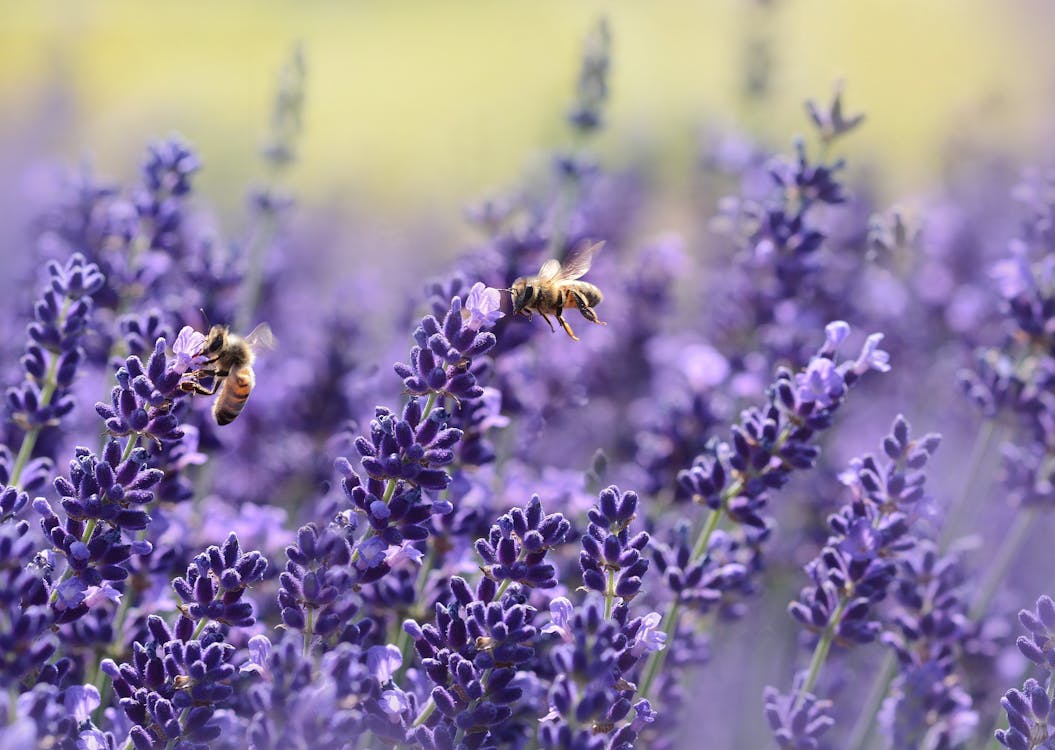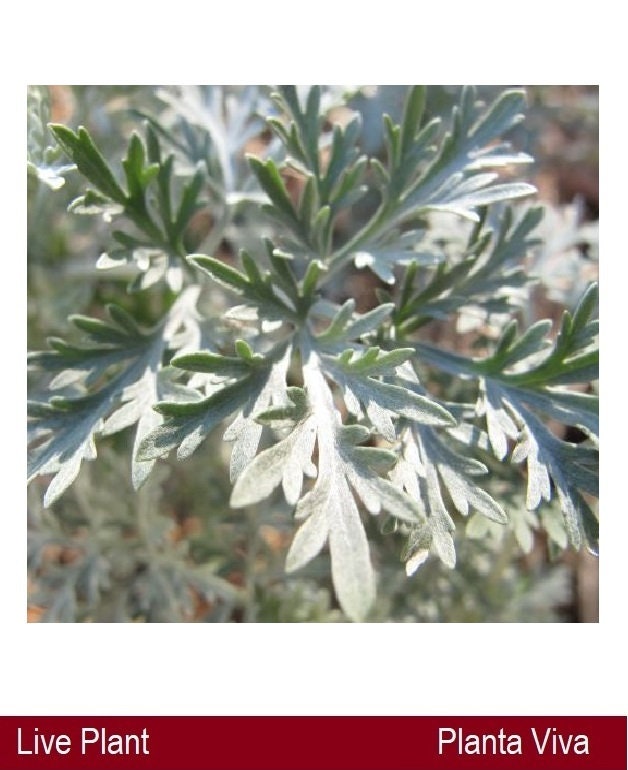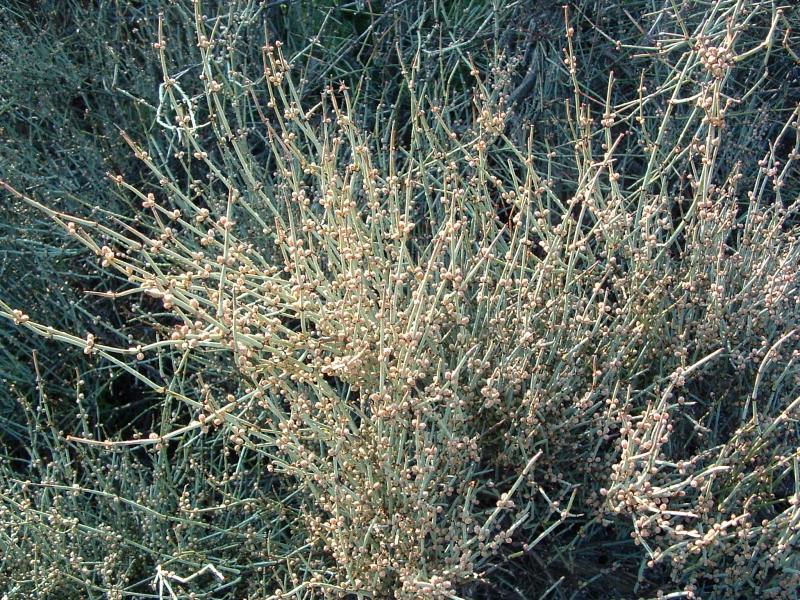
It may look like a baby palm tree, but it is not. In areas where it grows, it has even been used instead of palm fronds on Palm Sunday. But a palm is a flowering plant, and cycads are gymnosperms, which are related to pines and do not flower. However, they do have seeds and pollen, and some species in this group may have been among the first plants pollinated by insects. And, in regards to pollen, the pollen of some cycads has been used as a narcotic.
The group is old, and lived at the same time that butterflies were coming into existence and dinosaurs were dying out. Maybe the long lost cousins of this plant were eaten by a stegosaurus.
Cycads grow around the world, mostly in the southern hemisphere, although they are found naturally in Florida and Mexico. They are also native in South America, India, Africa, and Australia.
They also grow in the Philippines and in Guam, east of the Philippines. In those areas, as in many others, the starchy parts of the plant are used for food after the toxins are carefully leached out.
This worked well, and few people got sick. However, mysteriously, many people started to get sick in the 1940s. At the time, they didn't know the cause. But after some sleuthing, it was traced back to the cycads.
During traditional feasts, the native Chamorro men ate bats boiled in milk. THE WHOLE THING: fur, bones, guts, all of it. They had done this for hundreds or maybe even thousands of years. However, during WWII, a military base was established on Guam, which brought guns to a culture that had never had them before. As a result, they could kill more bats and eat more bats. It turns out that the bats were feasting on cycads, and accumulating the toxins in their body. Then when the men ate the bats, they ingested a super sized dose and got sick.
Thankfully, as the Chamorro started eating fewer bats, the incidence of the disease decreased.
(intoxicating plants) (sacred plant)









 The UC Botanical Garden calls this an English Yew, but it occurs all over Europe, so I like the name European Yew better. At any rate, it is closely related to the Pacific Yew, Taxus brevifolia, which grows in California, Oregon, Washington, Idaho and Canada. Slowly. It grows very slowly. The European Yew also grows slowly, but it is very adaptable (any soil, sun or shade) and has been planted in gardens and parks for hundreds of years. Whereas the Pacific Yew grows sparsely on public lands such as national parks and forests. One use of the European Yew has become particularly important in recent years. It has been planted as a hedge in many areas. This means that it is trimmed regularly, and since the precursor to the cancer drug Taxol occurs in the leaves, it can be used to synthesize the drug without harming the plant. In contrast, the drug only occurs in the bark of the Pacific Yew, and at least three trees had to be destroyed to treat one patient for a year. That didn't sit well with environmentalists.
The UC Botanical Garden calls this an English Yew, but it occurs all over Europe, so I like the name European Yew better. At any rate, it is closely related to the Pacific Yew, Taxus brevifolia, which grows in California, Oregon, Washington, Idaho and Canada. Slowly. It grows very slowly. The European Yew also grows slowly, but it is very adaptable (any soil, sun or shade) and has been planted in gardens and parks for hundreds of years. Whereas the Pacific Yew grows sparsely on public lands such as national parks and forests. One use of the European Yew has become particularly important in recent years. It has been planted as a hedge in many areas. This means that it is trimmed regularly, and since the precursor to the cancer drug Taxol occurs in the leaves, it can be used to synthesize the drug without harming the plant. In contrast, the drug only occurs in the bark of the Pacific Yew, and at least three trees had to be destroyed to treat one patient for a year. That didn't sit well with environmentalists.
